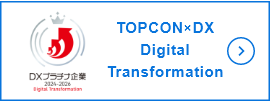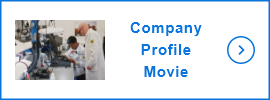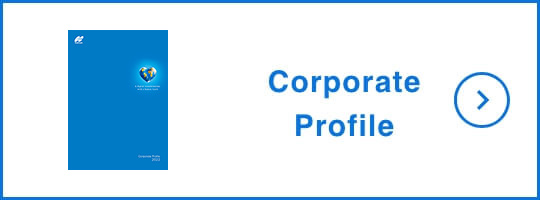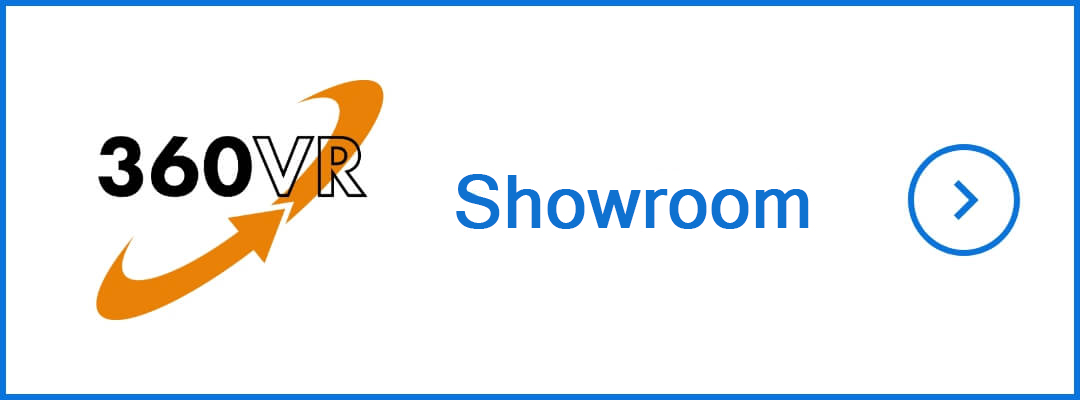Topcon’s Environmental Footprint Report
1. Initiatives against Climate Change
Topcon regards climate change as the most serious global environmental issue. Identifying “reducing the impact on the global environment” as a Material Issue, we will work together with our stakeholders to contribute to the reduction of environmental impact, including climate change, on the whole of society and aim for the realization of a sustainable society.
| Greenhouse gas emissions (t-CO2) | FY2022 | FY2023 |
|---|---|---|
| Scope 1*1 | 172 | 3,552 |
| Scope 2*1 | 4,209 | 8,833 |
| Scope 3 | 222,876*2 | 236,310*3 |
| Total | 228,257 | 248,695 |
[Calculation method and scope]
*1 Production bases (FY2022: Japan, FY2023: global)
*2 Categories 1–8
*3 Categories 1–8, 11, 12
2. Effective Use of Resources
We strive to reduce our total emissions based on a zero-emission initiative, in order to make effective use of the Earth’s limited resources.
3. Management of Chemical Substances (VOC Reduction)
We are working to reduce volatile organic compounds (VOC) as part of the management of chemical substances. We also switched from solvent paint to water paint to effectively reduce VOCs. The wear durability of conventional water-based paints tends to be lower than those of solvent paints. However,
the developed water-based paints have wear durability equal to or better than those of solvent paints and are compatible with both environmental conservation and product durability.
| (kg) | FY2022 | FY2023 |
|---|---|---|
| VOC | 23,217 | 22,468 |
| Waste | 480,206 | 502,083 |
4. Water Resource Initiatives
Topcon Group uses a large amount of water in the processes for lens manufacturing and metal processing, our core technologies.
Since water discharged from each process contains organic and inorganic substances, we strictly control and properly treat wastewater to keep it below the standard values for hazardous substances specified in the Water Pollution Prevention Act before discharging it to not adversely affect the ecosystem and people’s lives. We will continue to monitor risks at each of our business sites and strive to ensure the appropriate use of water resources by promoting water conservation and reducing water consumption. We investigated risks related to water resources at all our manufacturing sites (16 sites in total) in and outside Japan using Aqueduct*(in August 2023). One site operates in an area where risk associated with the use of water resources is high (Aqueduct Overall Water Risk: High).
However, we do not use any water in the manufacturing process at the site. There is no site involving manufacturing process in an extremely high-risk area (Aqueduct Overall Water Risk: Extremely High).
*Aqueduct: An online tool developed by World Resources Institute (WRI) to evaluate water risk
Water withdrawal and discharge from production bases in Japan(㎥)
| Water withdrawal | Drainage destination | FY21 | FY22 | FY23 | ||||
|---|---|---|---|---|---|---|---|---|
| Water intake volume | Discharged water volume | Water intake volume | Discharged water volume | Water intake volume | Discharged water volume | |||
| Headquarters | Municipal water | Sewer | 18,867 | 18,867 | 22,382 | 22,382 | 26,883 | 26,883 |
| Topcon Yamagata | Municipal water | Sewer | 4,452 | 4,452 | 4,794 | 4,794 | 5,177 | 5,177 |
| Topcon Optonexus | Municipal water | Sewer | 20,341 | 20,341 | 19,508 | 19,508 | 19,931 | 19,931 |
| Total | 43,660 | 43,660 | 46,684 | 46,684 | 51,991 | 51,991 | ||
5. Legal compliance and reports on complaints in FY2023
In FY2023, there were no violations of environment-related laws*, no customer complaints, and no incidents (Japan).
*The number of environment-related law violations includes the number of incidents of non-compliance with water quality and quantity permits, standards, and regulations.





